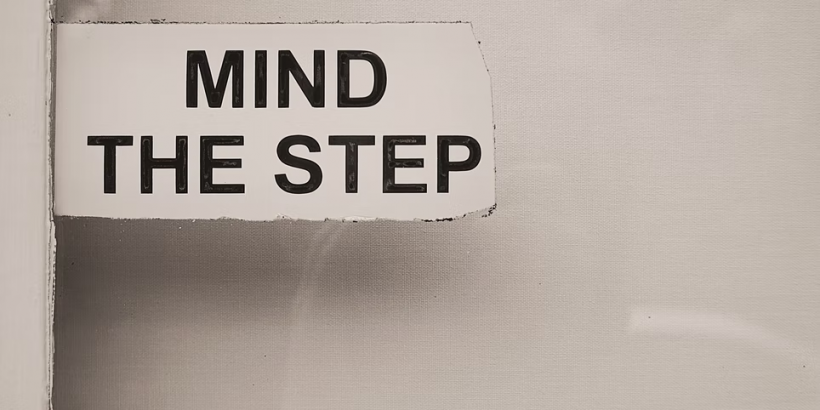
By Katie Brenneman
The COVID-19 pandemic exposed employers who chose not to centralize the health and wellbeing of their employees. This caused plenty of negative press for firms that were slow to transition to remote operations or otherwise jeopardized the health and wellbeing of their employees.
As we look to exit the pandemic, employers mustn’t forget the lessons they learned during the lockdown periods. Even in a post-pandemic world, employers still play a pivotal role in their employee’s overall health and safety — but are they doing enough?
Understanding Occupational Hazards
Many employers mistakenly believe that the term “occupational hazard” doesn’t apply to them. But, whether it’s work on an oil rig or behind a desk, the work we do impacts our health and comes with an array of potential injuries, illnesses, and chronic conditions.
When assessing occupational hazards, employers must recognize common workplace hazards. This could involve anything from obvious hazards like handling chemicals and operating heavy machinery, or less thought of hazards like ergonomic issues which cause chronic back pain or biological hazards like illnesses that spread in the office.
The key is to create a health and safety policy that goes beyond a “check-box” approach, and instead uses everything from safety assessments to emerging technology to keep employees safe.
Safety Tech
Many of the jobs carried out by employees are inherently dangerous and require caution on the part of both employers and employees. However, emerging technology can help take the danger out of innately risky industries like construction.
Employers can use emerging safety technology like AR/VR to ensure that employees are trained adequately before they handle heavy machinery or start working in dangerous conditions. Employers can also use technology like wearable smart sensors to gather more data about the dangers involved in their workplace. This will reduce the prevalence of accidents, and may even improve efficiency.
Of course, safety tech cannot prevent all accidents. But, employers who invest in the latest protective programs and devices reduce the risk of disaster and show employees that their wellness is valued.
Remote Working
Companies around the globe shifted to remote operations when the pandemic hit. For many employees, the shift to remote working has made a dramatic difference to their quality of life, as they can avoid commutes, and can spend more time with their loved ones. However, remote working comes with its own set of potential dangers.
Remote workers may suffer from a range of chronic conditions that their office-bound peers usually avoid. For example, remote workers — who tend to sit down for longer periods — may suffer from hip misalignment issues, eye strain headaches, or tennis elbow. Additionally, remote workers may not have a healthy home-working environment, which can cause sleep issues and difficulty focusing.
Employers need to preemptively counteract the potential hazards of working from home and should invest just as much care and money into providing for remote workers as they do for those working in an office environment. For example, employers may allocate each remote employee a budget to find an ergonomic desk and chair, or they may pay for physical therapy sessions to undo the negative effects of sitting for 8 hours a day.
Training
If you want to protect your employees and make working for your companies a better experience then you might like to think about the training opportunities you offer. If you have some of your workers at home and in the office then you can run training on various platforms. Take a look at companies that offer call center automation solutions. If you don’t give training and promotional chances then your employees may start to think and worry that they are stuck in a dead-end job. The problem you have with this is that you run the risk of your employees leaving and you end up with a high-employee churn rate.
Conclusion
Employers can always do more to protect the health of their employees. By making strategic investments into employee wellness, employers can improve workplace motivation and avoid costly bills when accidents do occur. Additionally, by prioritizing health and safety, businesses can attract talented candidates and avoid negative press.
There are plenty of options available to organizations that want to improve workplace safety. Employers should start by making safety assessments that reduce the severity of occupational hazards like ergonomic issues and should invest in emerging safety tech like wearable sensors and AR/VR programs that help keep at-risk employees safe.

Katie Brenneman is a passionate writer specializing in lifestyle, mental health, and activism-related content. When she isn’t writing, you can find her with her nose buried in a book or hiking with her dog, Charlie. To connect with Katie, you can follow her on Twitter.

3 comments